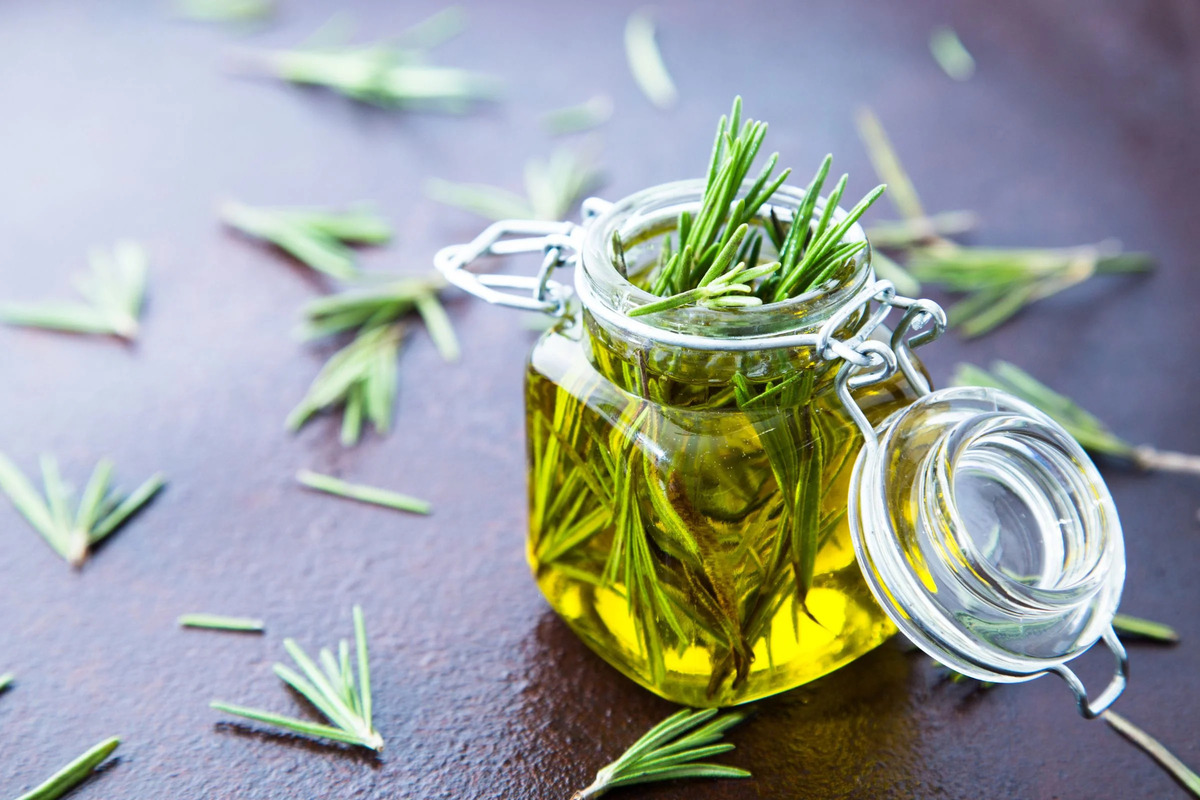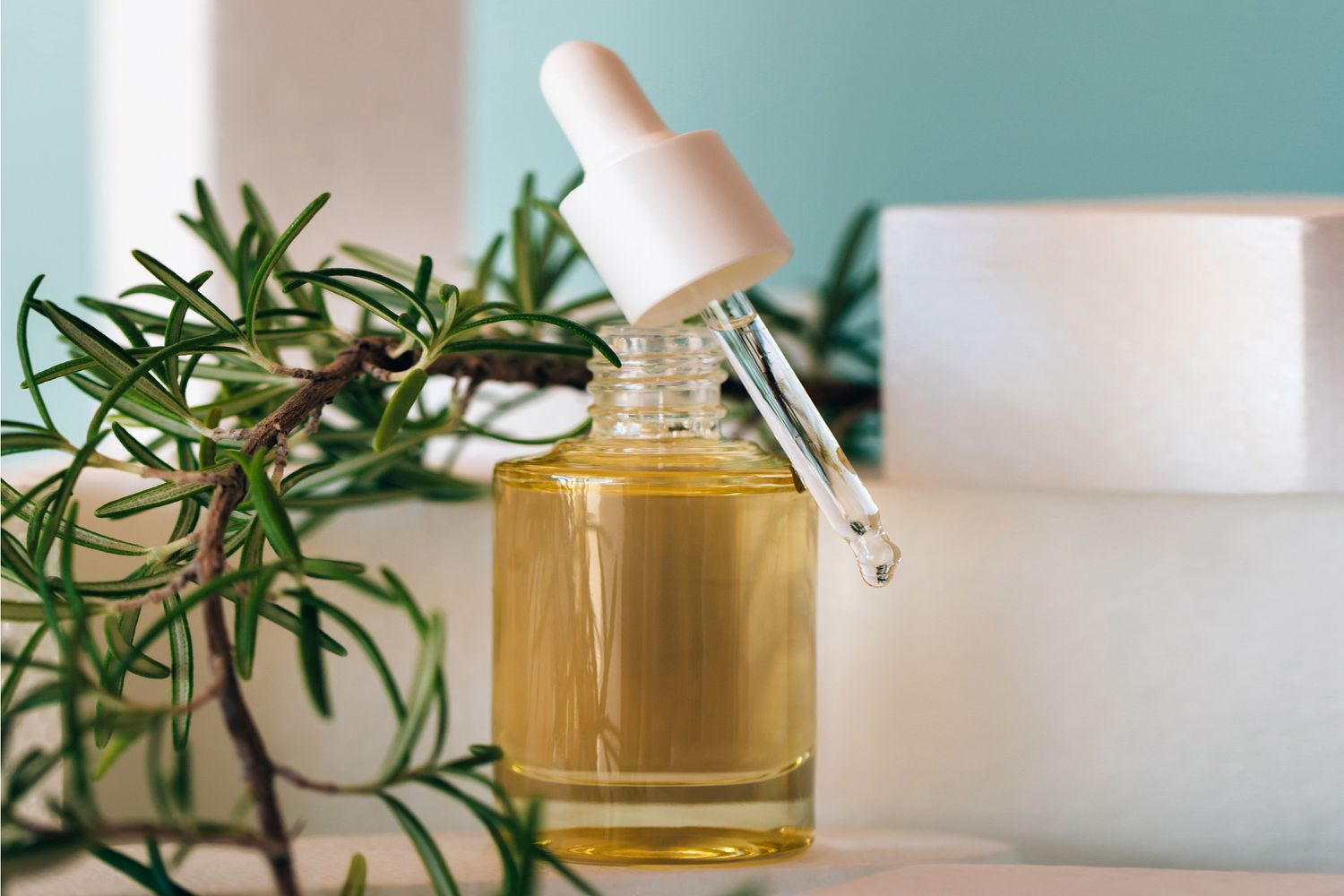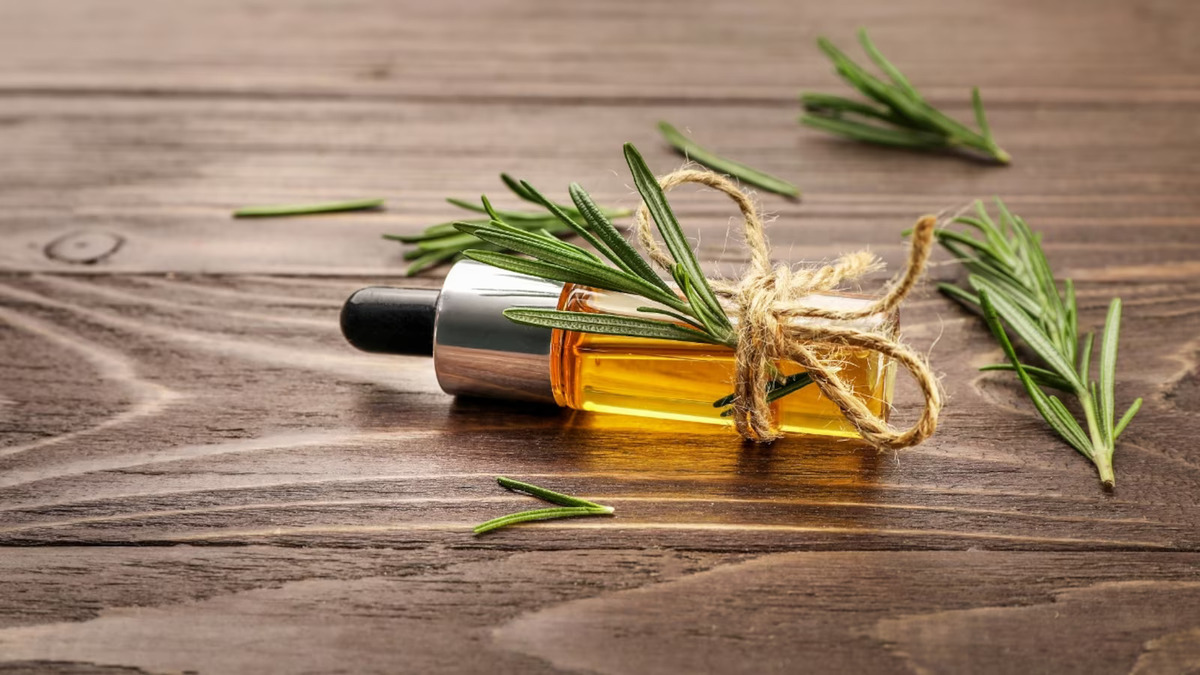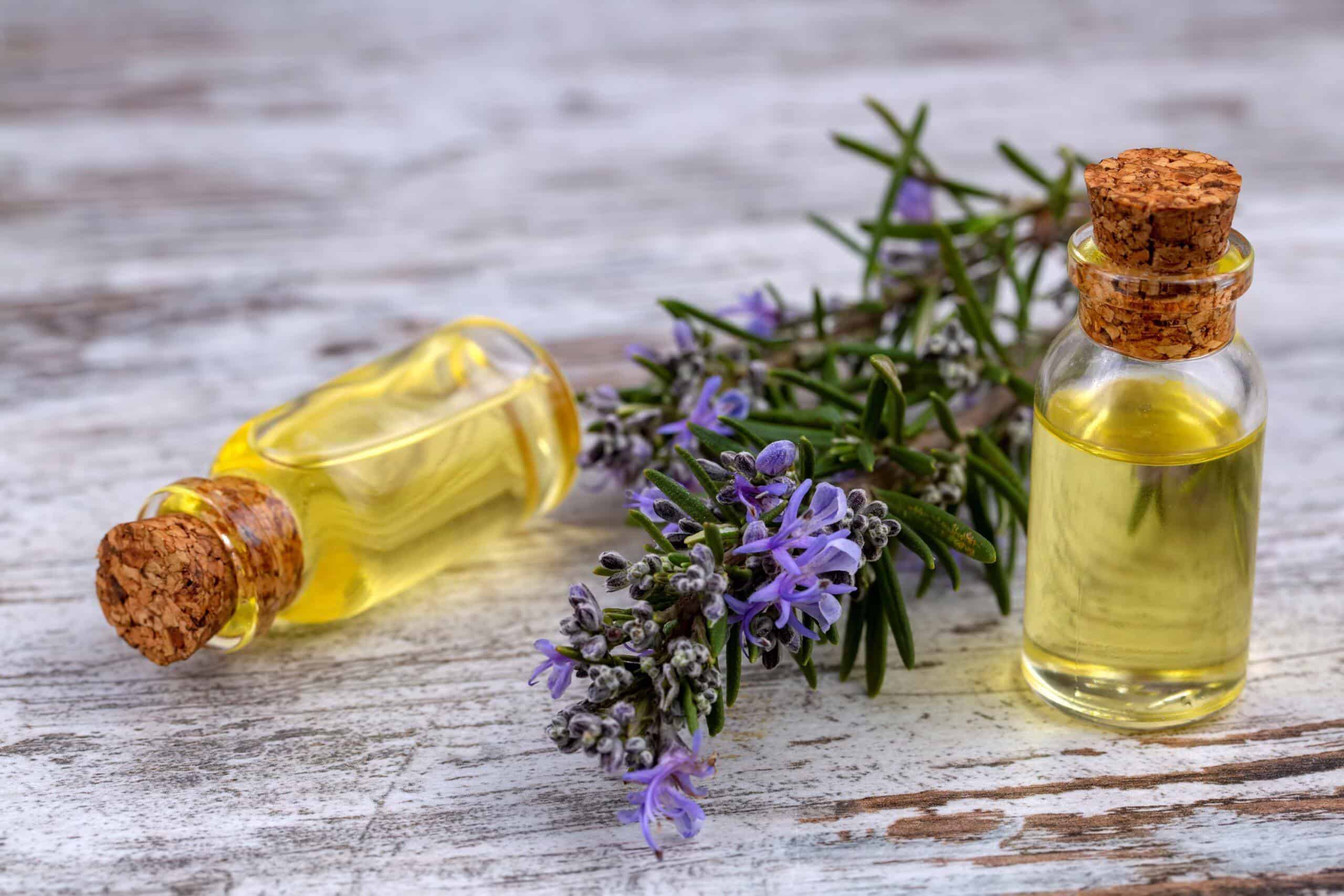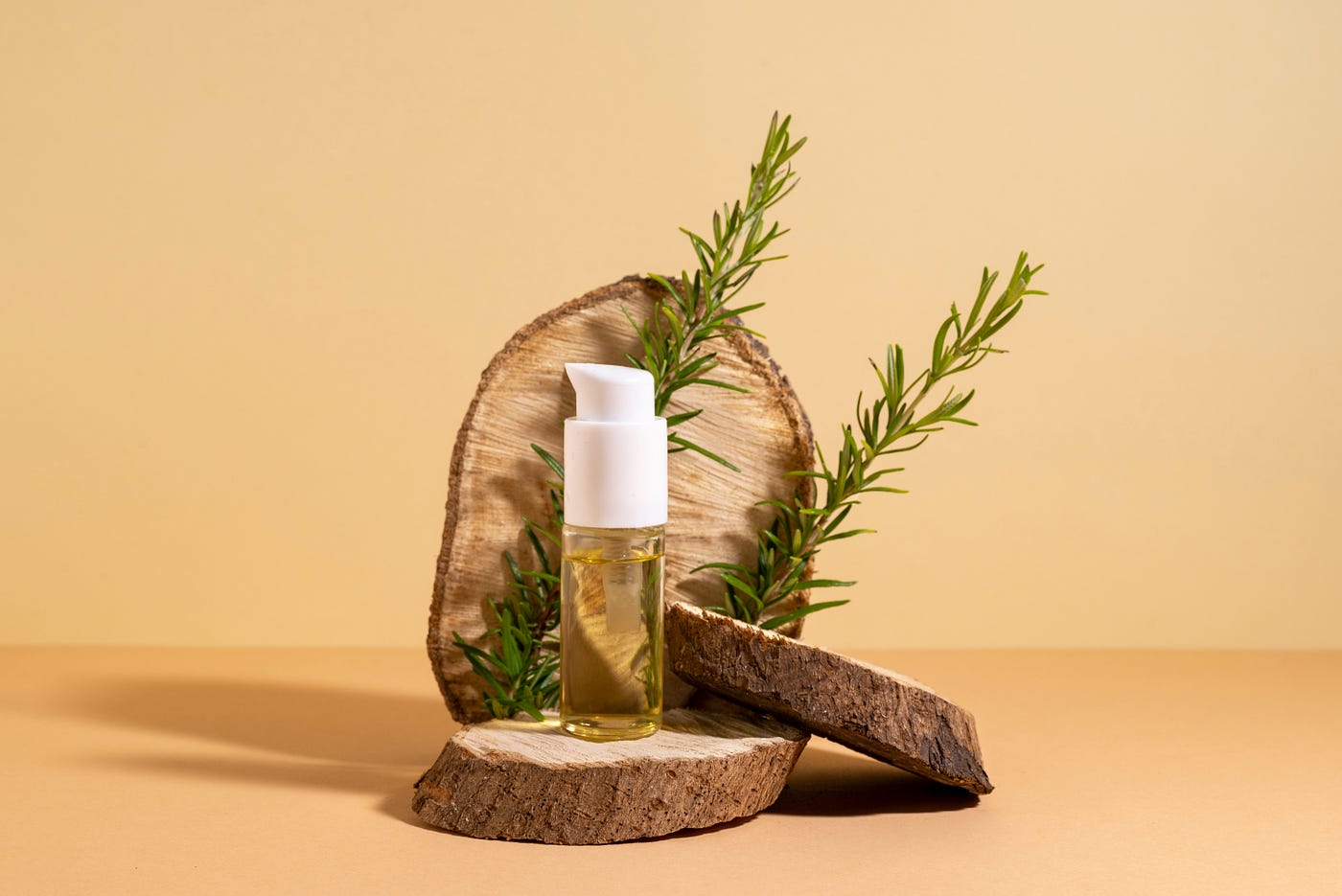Home>Gardening Techniques>Plant Care>How To Infuse Herbs In Oil
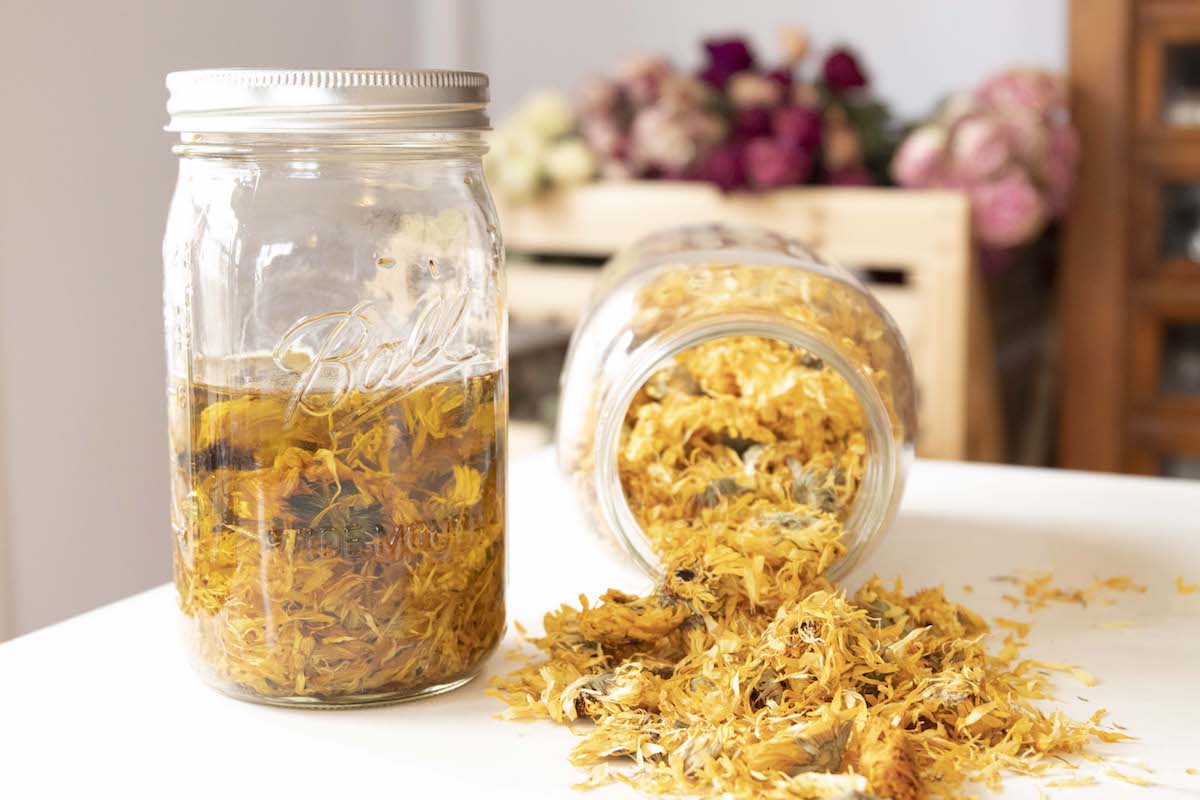

Plant Care
How To Infuse Herbs In Oil
Published: September 26, 2023
Learn how to infuse herbs in oil for plant care and enjoy the benefits of natural remedies. Enhance your gardening skills with this step-by-step guide.
(Many of the links in this article redirect to a specific reviewed product. Your purchase of these products through affiliate links helps to generate commission for Chicagolandgardening.com, at no extra cost. Learn more)
Table of Contents
Introduction
Welcome to the world of herbal infusions! Infusing herbs in oil is a wonderful way to harness the power of plants and incorporate their benefits into your daily life. Whether you are a seasoned herbalist or just starting on your plant care journey, learning how to infuse herbs in oil can open up a whole new world of possibilities.
Herbal infusions have been used for centuries for their therapeutic properties. By combining fragrant herbs with nourishing oils, you can create potent concoctions that can be used in various ways, from culinary delights to skincare and aromatherapy.
In this article, we will explore the art of infusing herbs in oil, including the benefits, herb and oil selection, preparation techniques, and more. Whether you want to create your own herbal remedies, add a homemade touch to your skincare routine, or elevate your culinary skills, infusing herbs in oil is a simple and rewarding practice that anyone can learn.
Before we dive into the specifics, it’s important to note that not all herbs are suitable for infusion, and not all oils are created equal. The quality of your ingredients and the care in which you infuse them will greatly impact the final product. So, let’s explore the world of herbal infusions and discover how you can create your own magical elixirs in the comfort of your own home.
Why Infusing Herbs in Oil is Beneficial
Infusing herbs in oil offers a multitude of benefits that make it a popular practice among herbal enthusiasts. Not only does it allow you to extract the therapeutic properties of herbs, but it also provides a convenient and versatile way to incorporate their benefits into your daily routine.
One of the primary advantages of herbal infusion is the ability to extract and preserve the medicinal compounds found in plants. Different herbs possess unique healing properties, such as anti-inflammatory, antimicrobial, antiseptic, and soothing effects. By infusing these herbs in oil, you can create a concentrated product that can be used topically or ingested to support your overall well-being.
Another benefit of infusing herbs in oil is that it allows you to customize your formulations according to your specific needs. Whether you’re looking to create a relaxing massage oil, a rejuvenating facial serum, or a flavor-enhancing culinary oil, the possibilities are endless. You have the freedom to choose the herbs and oils that align with your desired outcome, giving you full control over the final product.
In addition to their therapeutic properties, infused herbal oils also offer a delightful sensory experience. The aromatic qualities of herbs can uplift your spirits, calm your mind, or create a soothing ambiance in your space. The gentle scent of lavender, the invigorating aroma of rosemary, or the calming fragrance of chamomile can turn a simple oil into a multi-sensory delight.
Moreover, infusing herbs in oil extends their shelf life and helps to preserve their potency. Oils act as a natural preservative, preventing the growth of bacteria and mold while maintaining the integrity of the herbal compounds. This means that you can enjoy the benefits of your herbal infusions for an extended period, making it a sustainable and cost-effective option.
Overall, infusing herbs in oil provides a convenient and versatile means of harnessing the healing power of plants. From skincare to culinary creations, these infused oils offer a natural and holistic approach to self-care and well-being. So, let’s move on to the next section, where we will explore how to choose the right herbs for infusion.
Choosing the Right Herbs for Infusion
When it comes to choosing herbs for infusion, the options are vast and exciting. Each herb brings its own unique set of properties and benefits, making the selection process a delightful journey of discovery. Here are some factors to consider when choosing herbs for your infusion:
- Intended use: The first step in selecting herbs for infusion is determining your desired outcome. Are you looking for herbs with soothing properties for skincare, or do you want to create a culinary oil with aromatic flavors? Different herbs offer specific benefits, so consider your intended use to narrow down your options.
- Personal preference: Remember to choose herbs that resonate with you. The aroma, taste, and appearance of the herbs should appeal to your senses. If you enjoy the scent of lavender or the taste of mint, incorporating them in your infusion will enhance your overall experience.
- Availability and seasonality: Some herbs are readily available year-round, while others may have limited availability or specific harvesting seasons. Consider the practicality of sourcing and obtaining the herbs you wish to use. If you have access to a garden or local herb suppliers, you may also consider growing your own herbs.
- Desired properties: Identify the specific properties you are seeking in your infusion. Are you looking for herbs with calming properties, uplifting effects, or anti-inflammatory benefits? Research the various herbs and their properties to find the ones that align with your goals.
- Compatibility: Ensure that the herbs you select are compatible with the carrier oil you plan to use. While most herbs can be infused in a variety of oils, certain combinations may yield better results. For example, delicate herbs like chamomile and lavender pair well with lighter oils like jojoba or almond, while robust herbs like rosemary and thyme may work better with stronger oils like olive or coconut.
Some commonly used herbs for infusion include lavender, rosemary, chamomile, mint, calendula, and lemon balm. However, don’t limit yourself to just these options. Explore local or exotic herbs that catch your interest, experiment with different combinations, and discover new favorites.
Remember, the quality of the herbs is crucial to the success of your infusion. Opt for organic and sustainably sourced herbs whenever possible to ensure that you are getting the best and most potent ingredients for your herbal infusions. With the right herbs in hand, we can move on to the next step – selecting the perfect carrier oil for infusion.
Selecting the Right Oil for Infusion
Choosing the right oil for infusion is just as important as selecting the herbs themselves. The carrier oil serves as the base for extracting and preserving the beneficial compounds from the herbs. Here are some factors to consider when selecting the perfect oil for your infusion:
- Absorption rate: Consider the absorption rate of the oils to ensure they penetrate the skin effectively. Some oils, like grapeseed or jojoba, have a lighter texture and are quickly absorbed, making them ideal for skincare products. Others, like olive or coconut oil, have a thicker consistency and are better suited for culinary infusions.
- Odor and flavor: Take into account the natural smell and taste of the carrier oils, as they will impart their characteristics to the final infused oil. Coconut oil tends to have a distinctive tropical scent, while olive oil offers a distinct fruity flavor. Choose an oil that complements, rather than overwhelms, the aroma and taste of your chosen herbs.
- Compatibility: Certain oils are more compatible with specific herbs, enhancing their properties and benefits. For example, lavender and chamomile pair well with lighter oils like almond or jojoba, while stronger herbs like rosemary or garlic blend harmoniously with more robust oils like olive or sesame. Consider the compatibility between the herbs and oils to maximize the potency of your infusion.
- Quality and shelf life: It is important to choose high-quality oils that are fresh and free from additives or chemicals. Look for cold-pressed, organic, and unrefined oils to ensure their purity and integrity. Additionally, consider the shelf life of the oils. Some oils, like grapeseed or apricot kernel oil, have a shorter shelf life and may require refrigeration to maintain their freshness.
- Intended use: The intended use of the infused oil will also influence your choice of carrier oil. If you plan to use it for culinary purposes, opt for oils with a high smoke point, such as avocado or sunflower oil. For skincare or massage oils, choose oils that are nourishing and moisturizing, like sweet almond or coconut oil.
Some popular carrier oils for infusion include olive oil, almond oil, grapeseed oil, coconut oil, and jojoba oil. Each oil has its own unique qualities and benefits, so consider your specific needs and preferences when making your selection.
Remember, the quality of the carrier oil is essential for the success of your infusion. Invest in high-quality oils that are suitable for your intended use and ensure they are stored properly to maintain their freshness and potency throughout the infusion process.
Now that you have chosen your herbs and carrier oil, it’s time to prepare the herbs for infusion. We will explore the step-by-step process in the next section.
Preparing the Herbs for Infusion
Before you begin the infusion process, it is important to properly prepare the herbs to maximize their flavor and therapeutic properties. Here are the steps to follow when preparing herbs for infusion:
- Harvest or purchase fresh herbs: If you have access to a garden or herb patch, harvest your herbs just before they reach peak maturity. This ensures that they retain their maximum potency. If purchasing herbs, choose fresh and vibrant ones from a trusted source.
- Clean the herbs: Rinse the herbs under cool water to remove any dirt, debris, or insects. Gently pat them dry with a clean cloth or paper towel. Be careful not to bruise or crush the delicate leaves and petals.
- Remove any tough stems: Discard any thick or woody stems from the herbs, as they may impart a bitter or unpleasant taste to the infusion. Focus on using the tender leaves, flowers, or buds for the best flavor.
- Chop or crush the herbs: Depending on your preference, you can either chop the herbs into small, manageable pieces or lightly crush them using a mortar and pestle. This helps release their essential oils and facilitates the infusion process.
- Allow the herbs to wilt (optional): For some herbs, such as lavender or chamomile, allowing them to wilt for a few hours can intensify their aroma and flavor. Spread the freshly harvested herbs on a clean towel or paper to air dry slightly before infusing.
- Avoid overcrowding: When placing the herbs into your infusion container, avoid overcrowding. Ensure that there is enough space for the herbs to move freely within the oil, allowing for better extraction of their beneficial properties.
By following these steps, you will prepare your herbs in a way that maximizes their potency and ensures the best possible infusion. Remember to handle the herbs gently and with care to preserve their integrity.
Now that your herbs are prepared, it’s time to move on to the exciting part – infusing the herbs in oil. We will explore the different infusion methods and techniques in the next section.
Infusing the Herbs in Oil
Infusing herbs in oil is a straightforward process that requires patience and attention to detail. There are several methods you can choose from, depending on your preference and available resources. Here are a few common techniques to infuse herbs in oil:
- Solar Infusion: This traditional method involves placing the herbs and oil in a clean, airtight jar and allowing them to steep in a sunny spot for several weeks. The heat from the sun gently warms the oil, promoting the extraction of the herb’s beneficial compounds. Remember to shake the jar daily to distribute the herbs evenly.
- Double Boiler Method: In this method, you will need a double boiler or a heatproof glass bowl placed over a pot of simmering water. Combine the herbs and oil in the top portion of the double boiler or the glass bowl. Allow the mixture to infuse over low heat for several hours, stirring occasionally. This method provides a more controlled and quicker infusion process.
- Crockpot Infusion: Using a crockpot or slow cooker is another convenient way to infuse herbs in oil. Place the herbs and oil in the crockpot, set it to the lowest setting, and let it infuse for several hours or overnight. This method is especially useful when infusing large quantities of oil.
- Microwave Method: This method is the quickest option but requires caution and frequent monitoring. Combine the herbs and oil in a microwave-safe bowl. Heat the mixture in short intervals, stirring in between, until the oil is warm and the herbs have infused. Be careful not to overheat the oil, as it may cause it to become too hot and affect the quality of the infusion.
Regardless of the method you choose, there are a few general guidelines to follow when infusing herbs in oil:
- Ensure that the herbs are fully submerged in the oil to prevent spoilage or mold growth.
- Use a clean and airtight glass jar or bottle for the infusion process. Avoid using plastic containers, as they may leach harmful chemicals into the oil.
- Store the jar in a cool, dark place during the infusion period to protect the oil from light and heat, which can degrade the quality of the infused oil.
- Stir or gently shake the jar daily to ensure proper distribution of the herbs within the oil.
- The infusion process can take anywhere from a few days to several weeks, depending on the method used and the desired strength of the infusion. Experiment with different durations to find your preferred potency.
Remember to exercise caution and maintain hygiene throughout the infusion process to ensure the safety and quality of your infused oil. Once the infusion period is complete, it’s time to strain and store the oil for future use.
In the next section, we will explore the best practices for storing and using your infused herb oils.
Storing and Using Infused Herb Oils
Proper storage is crucial to maintain the freshness, potency, and shelf life of your infused herb oils. Here are some guidelines to follow when storing and using your creations:
- Strain the oil: After the infusion period, it’s time to strain the herbs from the oil. Use a fine-mesh strainer, cheesecloth, or coffee filter to remove any plant material, ensuring a smooth and clear oil.
- Store in airtight containers: Transfer the strained oil into clean, airtight glass bottles or jars. Dark-colored glass containers, such as amber or cobalt blue, are preferred as they help protect the oil from light exposure, which can degrade its quality.
- Label and date: It’s important to label each container with the type of oil, infused herbs, and the date of preparation. This helps you keep track of the oils and ensures that you use them within their recommended shelf life.
- Store in a cool, dark place: To preserve the potency of the infused oil, store it in a cool and dark location, such as a pantry or cupboard. Exposure to heat and light can accelerate the deterioration of the oil and diminish its beneficial properties.
- Check for any signs of spoilage: Before each use, inspect the oil for any signs of spoilage, such as an unusual odor, mold growth, or changes in texture. If you notice any abnormalities, discard the oil immediately to avoid any potential health risks.
- Use within the recommended shelf life: Infused herb oils have a finite shelf life, typically ranging from 6 months to 1 year, depending on the oil and herbs used. It’s best to use the oil within the recommended time frame to ensure optimal quality and efficacy.
- Utilize in various applications: Infused herb oils offer a wide range of uses and applications. You can incorporate them into skincare products, such as moisturizers, serums, and balms, for their nourishing and beneficial properties. They can also be used in culinary creations, adding unique flavors and aromas to dressings, dips, marinades, or drizzled over dishes for a touch of herbal goodness.
As you use your infused oils, remember to start with small amounts and test for compatibility and sensitivity, especially when using them on the skin. Each person may have different reactions, so it’s important to monitor how your body responds to the infused oil.
By following these storage guidelines and utilizing your infused herb oils creatively, you can fully enjoy the benefits and versatility of your homemade creations.
In the next section, we will discuss potential safety concerns and precautions to keep in mind when working with herbs and oils.
Potential Safety Concerns and Precautions
While infusing herbs in oil is generally a safe and enjoyable practice, it’s important to be aware of potential safety concerns and take necessary precautions. Here are some key considerations to keep in mind:
- Allergies and sensitivities: Some individuals may have allergies or sensitivities to certain herbs or oils. Before using or consuming an infused oil, it’s wise to perform a patch test on a small area of skin to check for any adverse reactions. If you experience any discomfort, redness, or irritation, discontinue use immediately.
- Quality and freshness of ingredients: Ensure that you are working with high-quality herbs and oils. Choosing organic, pesticide-free ingredients and storing them properly helps minimize the risk of contamination or spoilage.
- Proper plant identification: When growing or foraging for herbs, it’s crucial to accurately identify the plant species to avoid any harmful or toxic varieties. Consult reputable sources or seek guidance from experienced herbalists if you are unsure.
- Pregnancy and medical conditions: Pregnant or breastfeeding individuals should exercise caution when using certain herbs, as some may have contraindications or interactions with medications. It’s always advisable to consult with a healthcare professional before using herbal infusions if you have any pre-existing medical conditions or are taking medications.
- Infant and child safety: Certain herbs and essential oils may not be suitable for infants or young children. It’s essential to research and consult with a pediatrician to ensure the safety of using infused oils on children. Keep infused oils out of reach of children to avoid accidental ingestion.
- Phototoxicity: Some citrus-based herbs, such as bergamot or lemon, contain compounds that can make the skin more sensitive to sunlight. If using these herbs in your infusion, avoid sun exposure on areas where the oil has been applied to prevent potential sunburn or skin damage.
- Storage and shelf life: Proper storage and adhering to the recommended shelf life of the infused oils are crucial to maintain their quality and prevent the risk of rancidity or spoilage. Regularly check the oils for any signs of degradation and discard them if they show any abnormalities.
Always research and educate yourself about the specific herbs and oils you plan to use, ensuring their safety and suitability for your intended purposes. If you have any concerns or questions, consult with a qualified herbalist or healthcare professional.
By practicing caution, conducting proper research, and listening to your body’s response, you can enjoy the benefits of infused herb oils with peace of mind.
Now, let’s move on to the final section, where we will discuss common mistakes to avoid when infusing herbs in oil.
Common Mistakes to Avoid
While infusing herbs in oil is a relatively simple process, there are some common mistakes that are easy to make, but can impact the quality and effectiveness of your infused oils. Here are some key mistakes to avoid:
- Using wet or damp herbs: Moisture can introduce bacteria and mold into your infusion, leading to spoilage. Make sure to thoroughly dry your herbs before infusing them in oil.
- Overheating the oil: Excessive heat can destroy the beneficial compounds in both the herbs and the oil. Avoid overheating the oil during the infusion process, as this can cause a loss of potency and flavor.
- Not using enough herbs: Insufficient quantity of herbs may result in a weak or under-infused oil. To achieve a stronger infusion, ensure that you use an adequate amount of herbs relative to the volume of oil you are infusing.
- Using low-quality or rancid oils: The quality of the carrier oil greatly impacts the final product. Using low-quality or rancid oils can result in an unpleasant odor or taste and diminish the overall quality of the infusion. Always choose fresh, high-quality oils.
- Ignoring compatibility: Different herbs have varying compatibility with different oils. Some herbs may pair better with lighter oils, while others do well with stronger oils. Research the compatibility of your chosen herbs and oils to ensure a harmonious infusion.
- Not properly storing the infused oils: Improper storage can lead to spoilage and a shorter shelf life for your infused oils. Store them in a cool, dark place and ensure that the containers are sealed tightly to prevent exposure to light and air.
- Not labeling and dating the oils: Failure to label and date your infused oils can lead to confusion and difficulty in identifying the oils over time. Properly label each container with the type of oil, infused herbs, and the date of preparation to keep track of their freshness and potency.
- Not conducting patch tests: Before using infused oils on your skin, it’s important to conduct patch tests to check for any potential allergic reactions or sensitivities.
- Ignoring safety concerns: It’s crucial to educate yourself about safety concerns and precautions when working with herbs and oils. Ignoring or neglecting these concerns can result in adverse reactions or other health risks. Always prioritize safety and consult with professionals if needed.
By avoiding these common mistakes and following proper guidelines, you can ensure that your infused herb oils turn out beautifully and provide you with the desired results.
Now that you are aware of these common pitfalls, you are ready to embark on your herbal infusion journey with confidence and creativity.
Conclusion
Infusing herbs in oil is a captivating and fulfilling practice that allows you to harness the power of plants in a versatile and enjoyable way. By selecting the right herbs and oils, preparing them with care, and infusing them using proper techniques, you can create herbal elixirs that enhance your well-being, skincare routine, and culinary creations.
Throughout this article, we have explored the various aspects of herbal infusion, from the benefits of infusing herbs in oil to selecting the perfect herbs and oils for your creations. We have learned how to properly prepare the herbs, different methods of infusing, proper storage techniques, and essential safety considerations.
Remember, infusing herbs in oil is an art form that allows you to tap into the healing powers of nature and personalize your self-care rituals. It encourages creativity, self-expression, and a deeper connection with herbs and their natural properties.
As you embark on your journey of infusing herbs in oil, take the information provided here as a foundation. Continue to explore, experiment, and discover your own unique blends and combinations. Embrace the joy and satisfaction of creating herbal infusions that bring wellness, beauty, and flavor into your life.
Here’s to enriching your plant care journey through the delightful world of infused herb oils!

